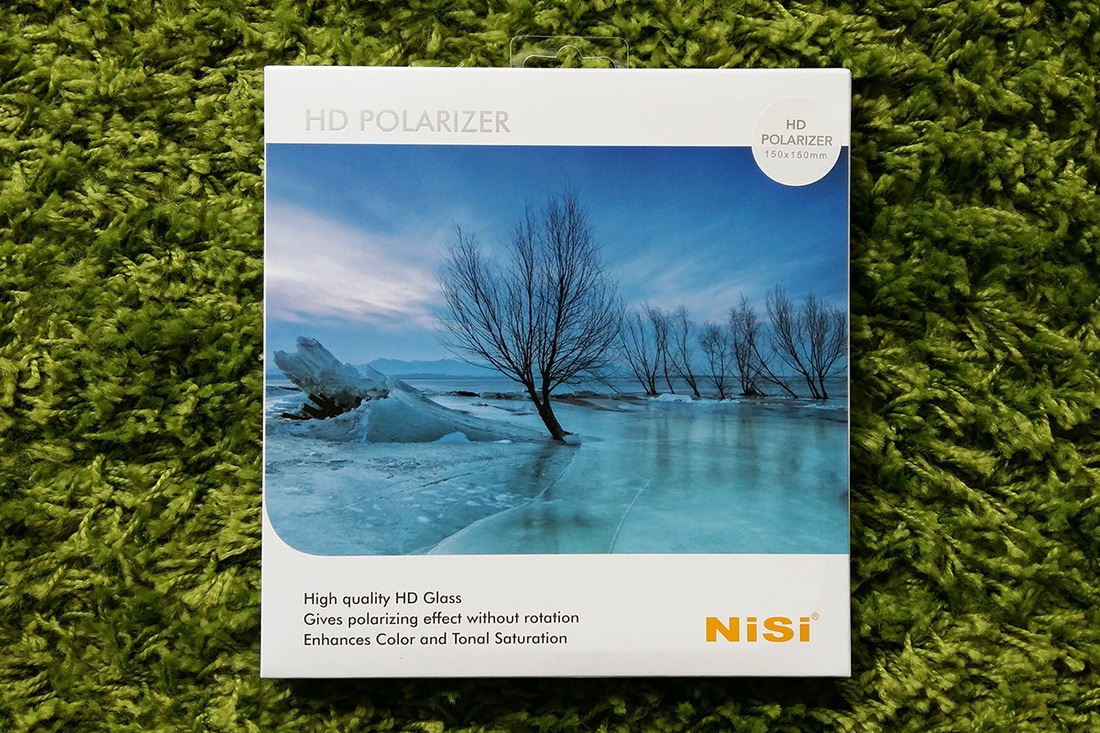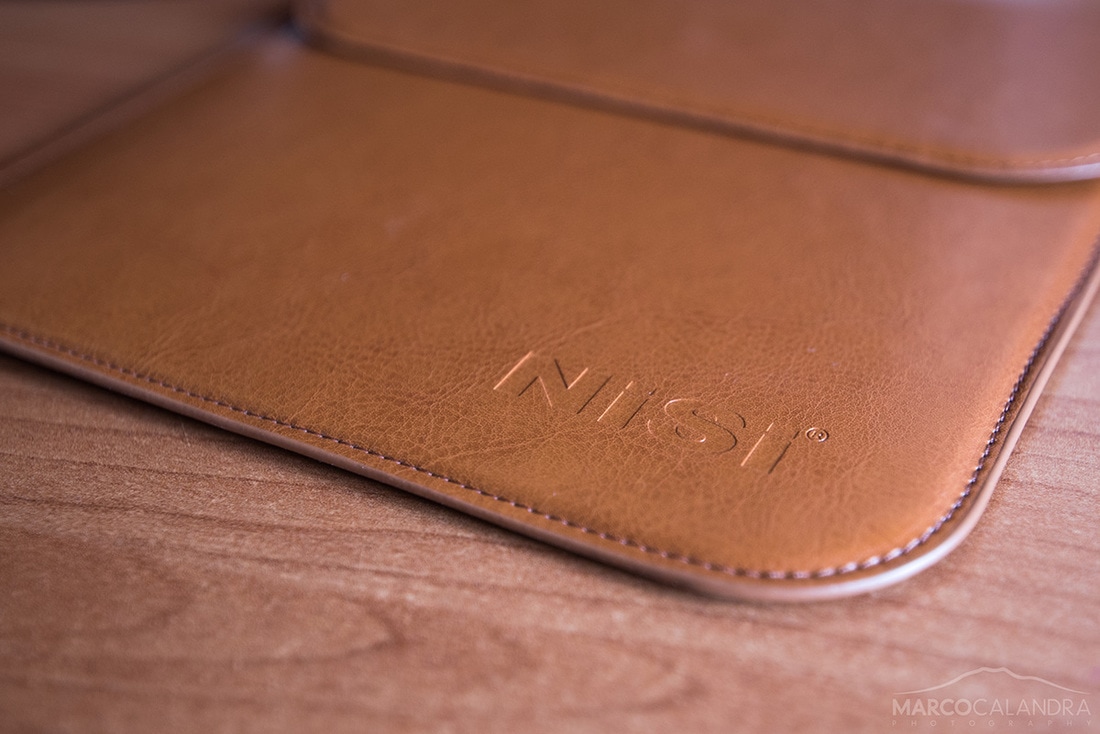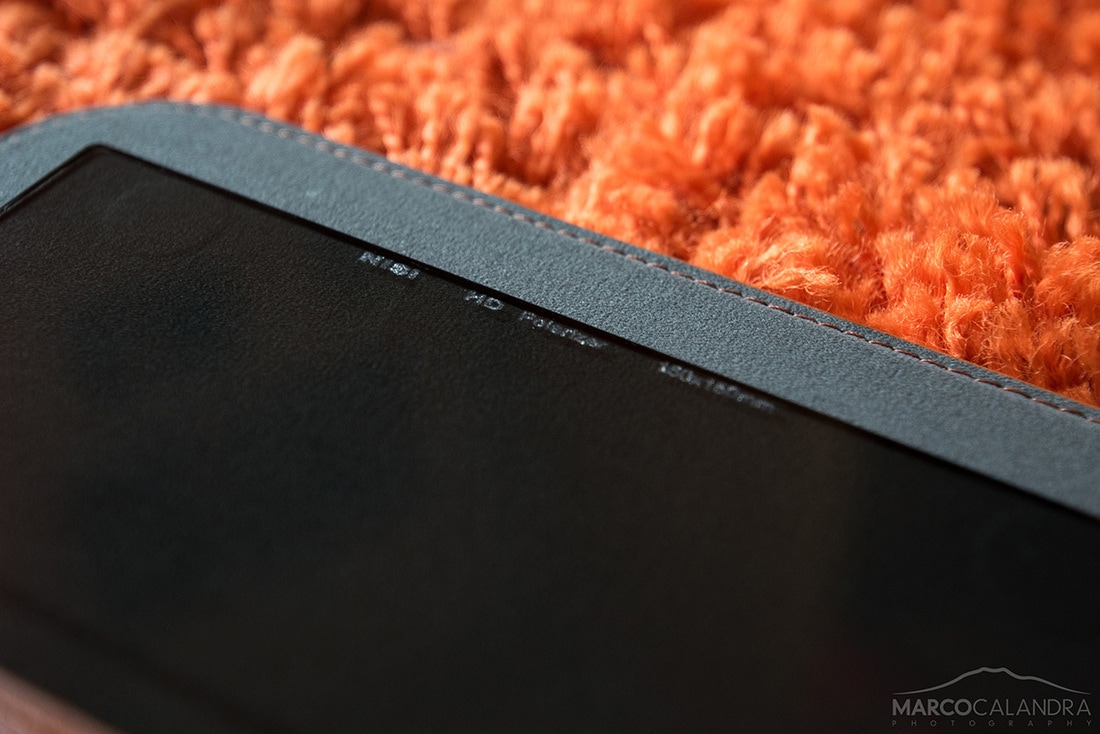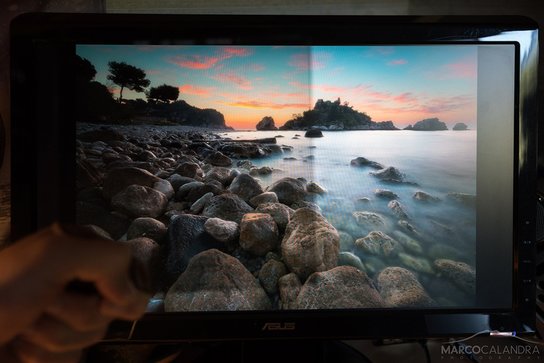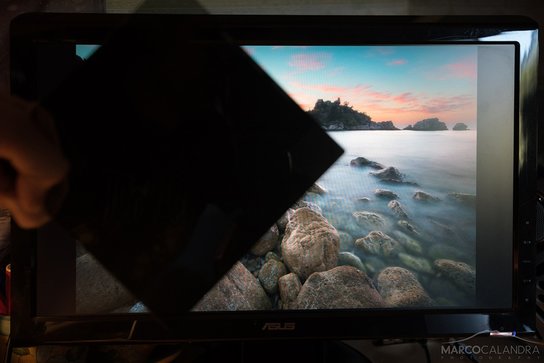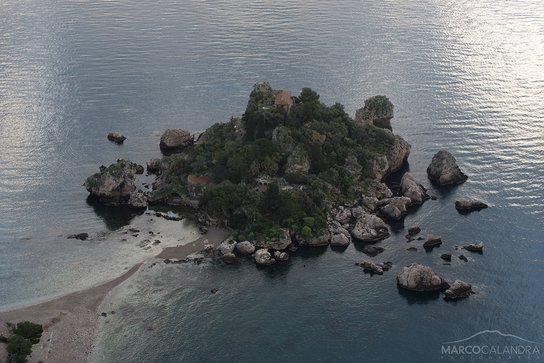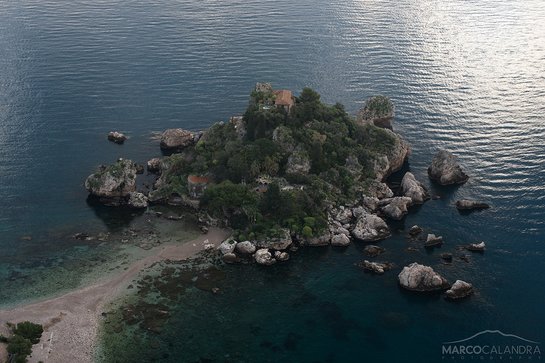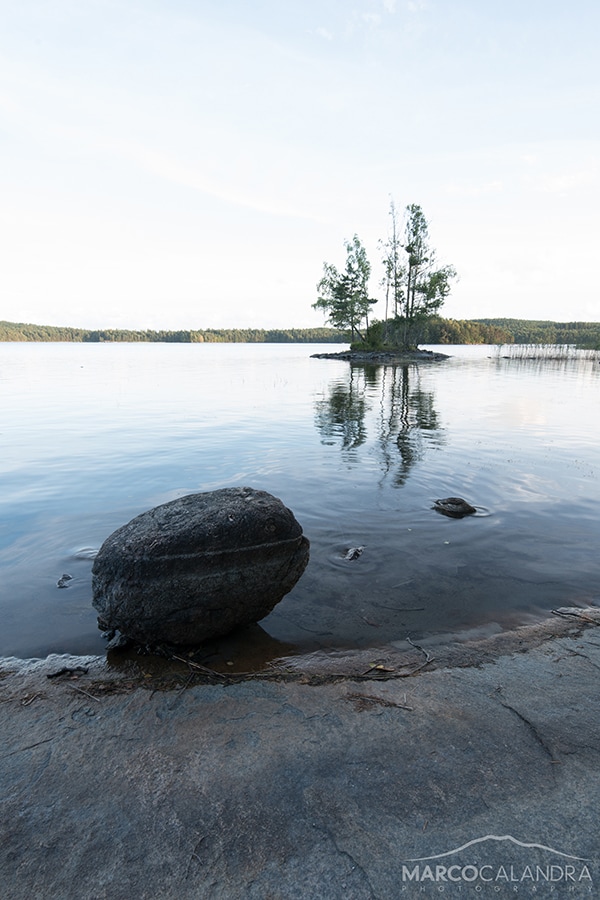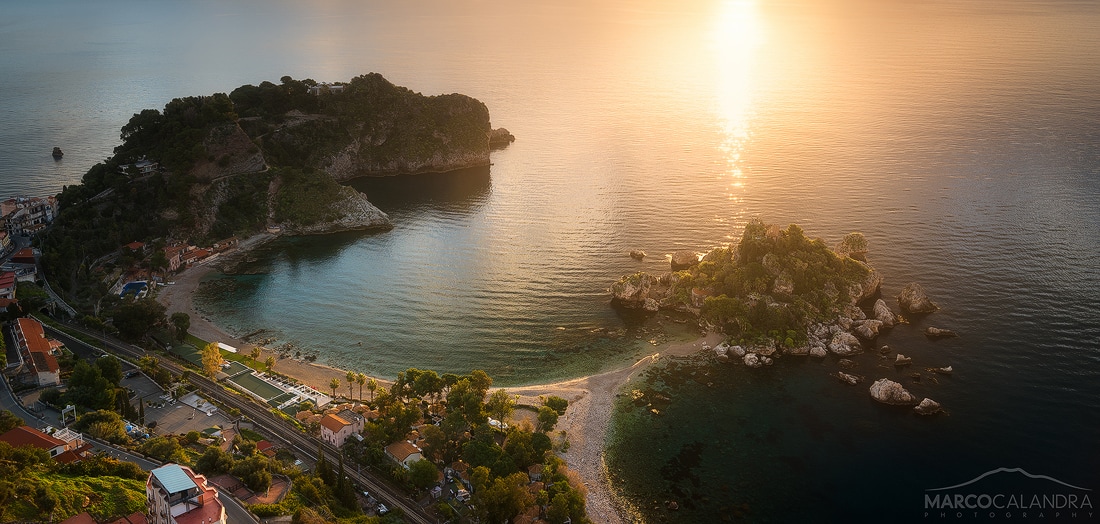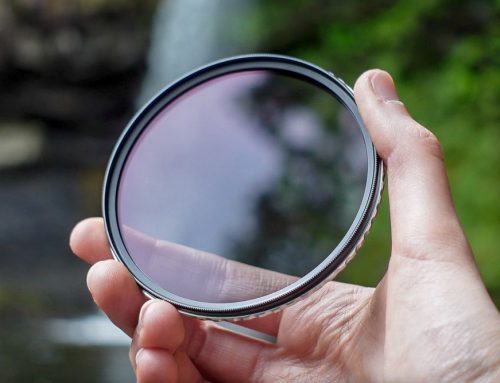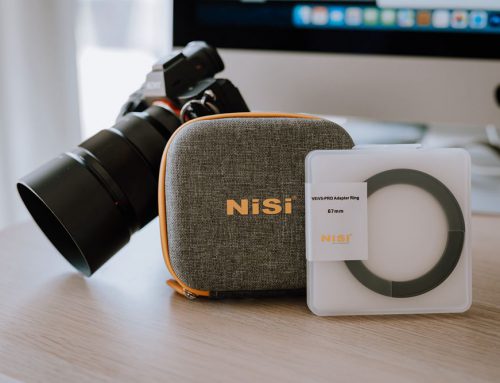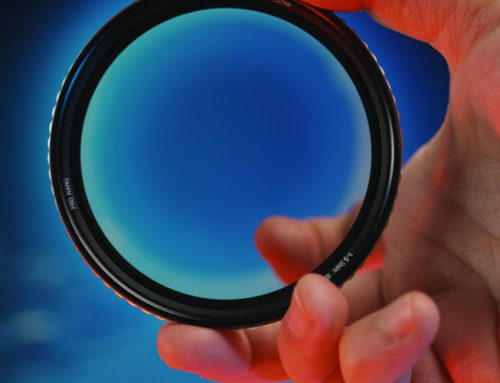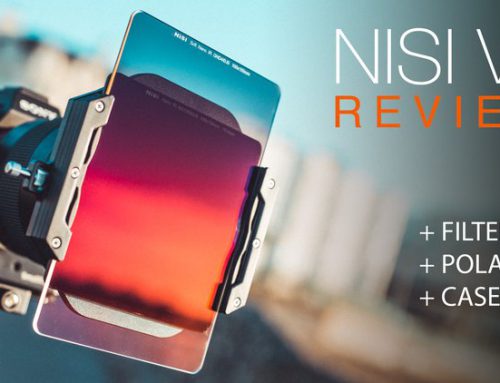As a landscape photographer, one of the most important things that I always carry with me is my set of filters.
Some people can do without it, but personally I think they are essential to add an extra touch to the photographs.
The filters can be divided into screw and square filters. More and more people are preferring the square filters, compared to screw ones, for the high variety of filters on the market and for their quality.
The most famous brand of filters is Lee Filters which makes resin filters. A brand that is becoming more popular is NiSi, that makes filters of glass, making them more resistant to scratches, but unfortunately more vulnerable in terms of breakage.
I bought their HD Polarizer, because I needed a polarizer to be added to my collection.
The polarizer is an essential filter for a landscape photographer. It allows to reduce glare on non-metallic surfaces and at the same time enhances the color saturation in the scene. It is one of the few filters that is almost impossible to replicate on the computer.
Some people can do without it, but personally I think they are essential to add an extra touch to the photographs.
The filters can be divided into screw and square filters. More and more people are preferring the square filters, compared to screw ones, for the high variety of filters on the market and for their quality.
The most famous brand of filters is Lee Filters which makes resin filters. A brand that is becoming more popular is NiSi, that makes filters of glass, making them more resistant to scratches, but unfortunately more vulnerable in terms of breakage.
I bought their HD Polarizer, because I needed a polarizer to be added to my collection.
The polarizer is an essential filter for a landscape photographer. It allows to reduce glare on non-metallic surfaces and at the same time enhances the color saturation in the scene. It is one of the few filters that is almost impossible to replicate on the computer.
The filter inside the box is packaged with tissue-paper and comes with a leather case and a user manual.
This one is marked by the brand and the nomenclature of the filter.
This one is marked by the brand and the nomenclature of the filter.
Once I analyzed the filter I did a test on the computer screen to see its effective functioning.
The light of the screen is polarized, which means that its wavelengths are all aligned and traveling along the same plane. The polarizer, mounted on the holder,can be rotated and aligned with the polarized light to check how much of it enters the lens.
As you can see on the images below the polarization passes from zero to a total polarization with a simple rotation.
The light of the screen is polarized, which means that its wavelengths are all aligned and traveling along the same plane. The polarizer, mounted on the holder,can be rotated and aligned with the polarized light to check how much of it enters the lens.
As you can see on the images below the polarization passes from zero to a total polarization with a simple rotation.
Since the functioning of the filter was effective, I decided to do some testing on the field.
The 150×150 mm filter was mounted on a holder and finally connected to the lens Tamron 15-30.
The pictures I made were imported into Lightroom correcting only chromatic aberration and removing small spots.
In this example, it is possible to see how the filter completely removes the water reflection.
The 150×150 mm filter was mounted on a holder and finally connected to the lens Tamron 15-30.
The pictures I made were imported into Lightroom correcting only chromatic aberration and removing small spots.
In this example, it is possible to see how the filter completely removes the water reflection.
Instead, in the next picture you see how the effect of the filter helps to saturate the sky, making the white clouds stand out further.
To get an excellent performance of the polarizer it’s good to remember that the best results will be obtained by pointing the camera at 90 ° to the axis of the sun, which is the point on which the light of the sky is more polarized.
To get an excellent performance of the polarizer it’s good to remember that the best results will be obtained by pointing the camera at 90 ° to the axis of the sun, which is the point on which the light of the sky is more polarized.
Conclusion
The polarizer is a filter that every landscape photographer should have and the one that NiSi offers has an unparalleled quality. The filter, of high opticalquality, doesn’t show much color variations and can be mounted on holder of other brands.
Unfortunately the price is slightly high, but for the quality it offers it is worth the price.
The polarizer is a filter that every landscape photographer should have and the one that NiSi offers has an unparalleled quality. The filter, of high opticalquality, doesn’t show much color variations and can be mounted on holder of other brands.
Unfortunately the price is slightly high, but for the quality it offers it is worth the price.

